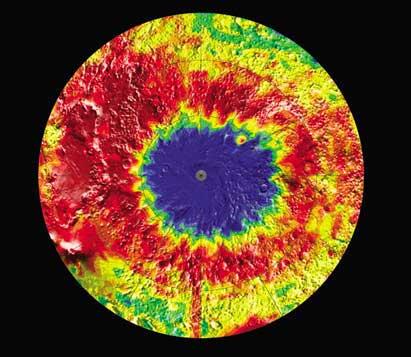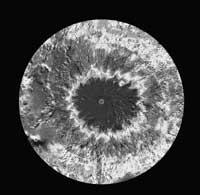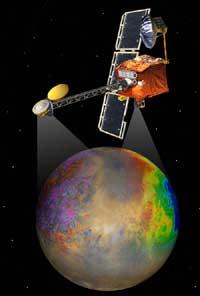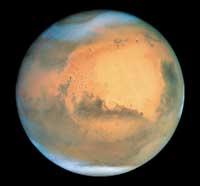First observations of Mars Odyssey
2002/03/04 Elhuyar Zientzia

NASA spacecraft Mars Odyssey began last week to send data on the surface of Mars. Astronomers have taken this data very open, as they are of great quality. Thanks to this, they hope to demonstrate what they have seen in previous missions. The greatest curiosity, as it could not be otherwise, focuses on the possible water of Mars.
Mars Odyssey's thermal emission based imaging system provides accurate data on surface geology. According to astronomers, the imaging system allows you not to guess whether there is water or not, but to “see” it. The image system collects images of skin temperature at night and day, and infrared images are 30 times more demanding than previously, and images captured in visible light complete those of Viking Orbiter and Mars Global Surveyor.
The gamma ray spectrometer detects chemicals and discovers that Mars has a lot of hydrogen. The expected water astronomers have drawn their conclusions immediately: if there is hydrogen there may be water! For example, in the South Pole: the upper image has been obtained by a neutron spectrometer and places with abundant hydrogens appear in blue.
At the moment, the images only show the hydrogen level. When they discover something else, they will let you know.

Gai honi buruzko eduki gehiago
Elhuyarrek garatutako teknologia





